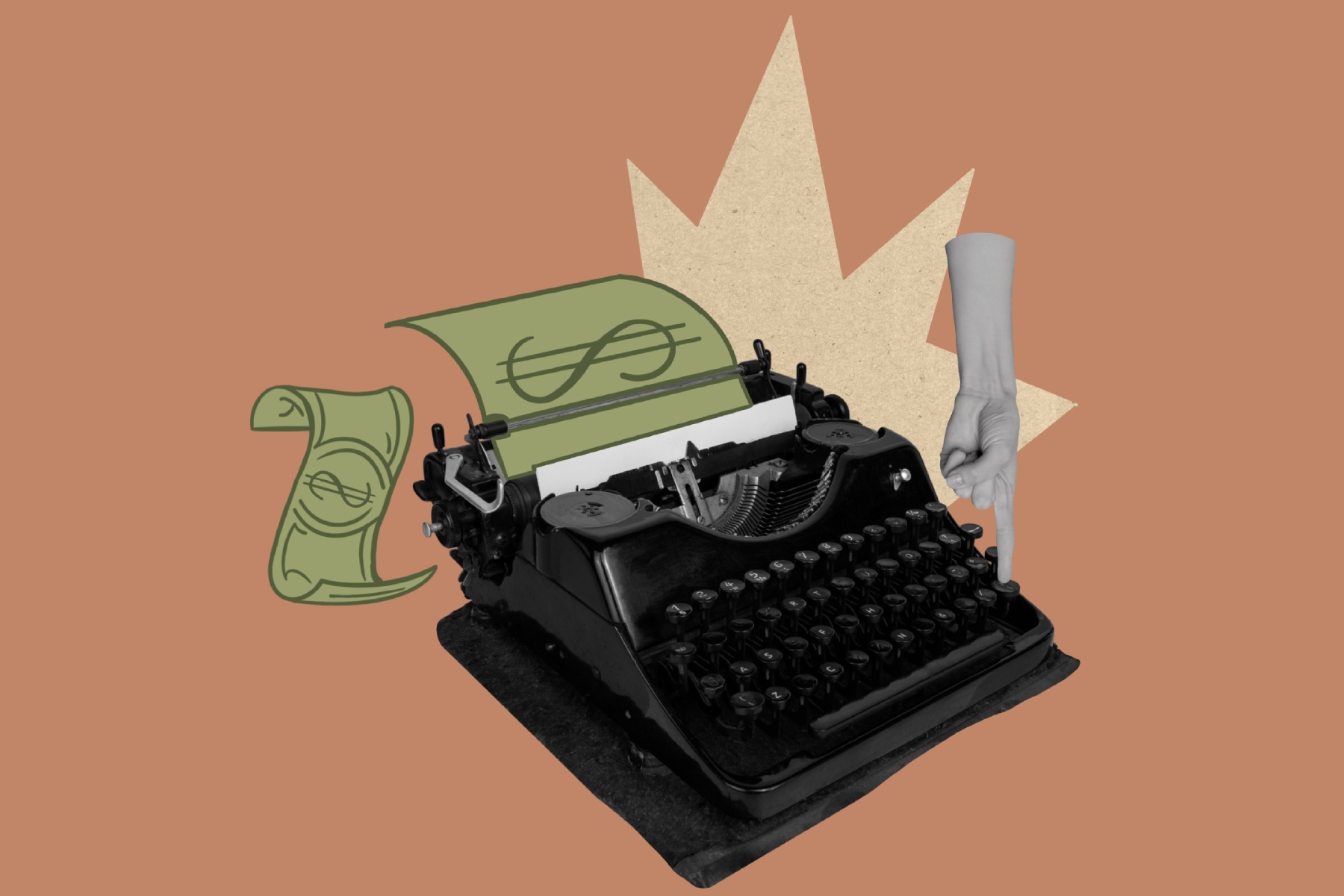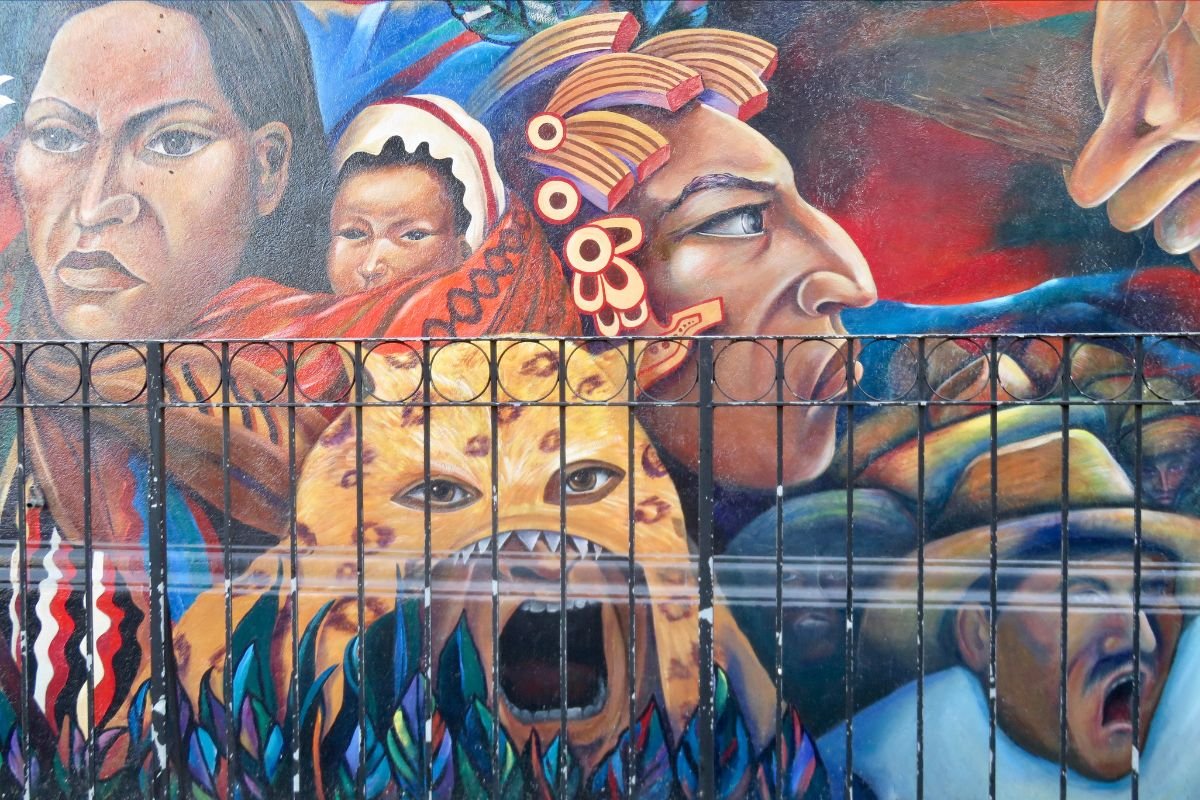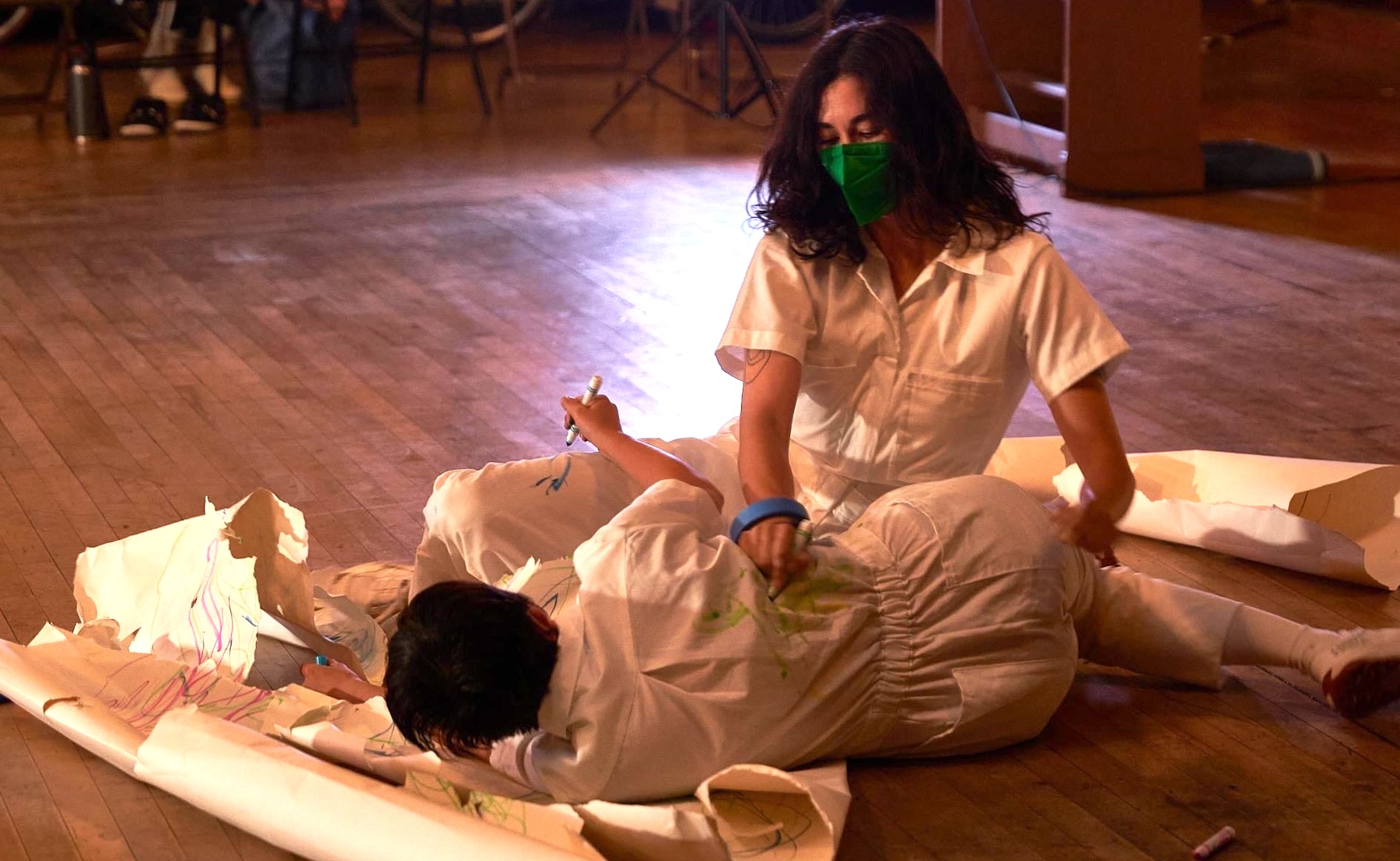#cultural-policy
#cultural-policy
[ follow ]
#art-market
Arts
fromThe Art Newspaper - International art news and events
7 months agoTrump turns on museums and libraries, the art market's 12% fall, Evie Hone and Mainie Jellett-podcast
Federal agencies supporting arts funding are facing elimination under Trump, indicating a significant shift in cultural policy.
Economic instability linked to Trumpâs policies is leading to a notable decline in global art sales.
fromArtforum
6 days agoYHLQMDLG
I found myself shedding tears in front of his 1784 history painting The Oath of the Horatii -an allegory of the virtues of fidelity and sacrificing oneself to a greater cause, produced by a future Jacobin on the eve of the French Revolution as an endorsement of Republicanism. Looking back, I wonder if I was not only lamenting the withering of civic ideals (and of post-Reagan civics education) in America, but also mourning David's conviction that visual art matters in the making of the world.
Arts
fromThe Art Newspaper - International art news and events
1 week agoExposed to the elements, public-and geese: the complex conservation of outdoor art
Outdoor art can become a crucial element of a place's identity, but long-term and permanent pieces face particularly complex conservation issues. As these works weather the elements-which can include intended and unintended public interaction-they are subjected to damage and decay, leaving those in charge of their care with the difficult and costly task of ongoing maintenance. But who exactly is responsible can be complicated, leading to disrepair, litigation and even the eventual removal of works.
Arts
fromHyperallergic
1 week agoHow Can NYC Artists Push Back Against Censorship?
As artists continue to feel the impacts of grant withdrawals and exhibition cancellations under the Trump administration, New York City Councilmember Erik Bottcher held an oversight hearing on alleged censorship in the arts sector on Thursday, November 20. The hearing featured testimony from artists and cultural leaders, including New York City Department of Cultural Affairs (DCLA) Commissioner Laurie Cumbo; Asian American Arts Alliance Executive Director Lisa Gold; and Elizabeth Larison, director of the Arts and Culture Advocacy Program at the National Coalition Against Censorship.
Arts
Arts
fromThe Art Newspaper - International art news and events
3 weeks agoOn the ground at Art Week Tokyo: amid shifting national politics, Japan's 'sleeping beauty' art scene is waking up
Art Week Tokyo showcased Japan's art market revival, hybrid post-art fair model, expanded institutional participation, and calls for stronger support amid political change.
fromThe Art Newspaper - International art news and events
1 month agoComment | As the US's 250th anniversary approaches, museums must keep pushing the American story forward
President Warren G. Harding was calling for a return to "normalcy"-a word whose resonance in today's political rhetoric suggests a familiar retreat-as the nation grappled with sweeping social, political and cultural shifts. The Harlem Renaissance was flourishing; racial violence, such as the Tulsa Race Massacre, laid bare deep racial divides; and artists like Edward Hopper and Georgia O'Keeffe were redefining American art.
Arts
fromThe Art Newspaper - International art news and events
3 months agoTrump accuses Smithsonian of being too focused on 'how bad slavery was'
The president's statement comes as the White House undertakes a four-month review of exhibitions, programmes and internal processes at eight of the Smithsonian's 21 museums: the National Museum of American History, the National Museum of Natural History, the NMAAHC, the National Museum of the American Indian, the National Air and Space Museum, the Smithsonian American Art Museum, the National Portrait Gallery (NPG) and the Hirshhorn Museum and Sculpture Garden.
US politics
fromTheartnewspaper
5 months ago'Momentous': Italy to slash art VAT to 5%, the lowest rate in the EU
"It's a momentous turning point," says Sirio Ortolani, the president of ANGAMC. "Italy can finally become a great international hub, attracting galleries from all over Europe and major fairs."
Europe politics
fromOregon ArtsWatch * Arts & Culture News
6 months agoOregon Humanities sues over federal funding cuts * Oregon ArtsWatch
"What knits our communities together is the opportunity to hear each other, to hear differences of opinion, to understand how we're different and how we're similar, and that's what builds the ground on which democracy can grow."
SF politics
fromThe Local France
7 months agoFrance defends cinema model after Trump threats
On the other side of the Atlantic, powerful players in this industry are hostile to the French cultural exception. One could worry about the alignment of this agenda with that of the new American administration, but I'm not worried.
France politics
[ Load more ]



